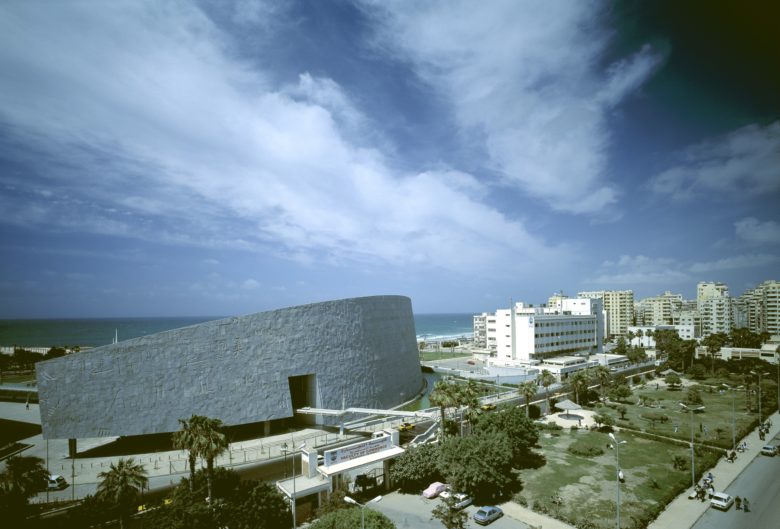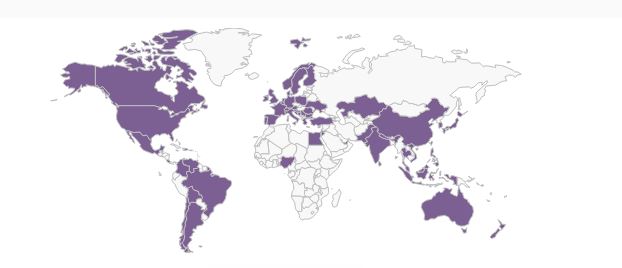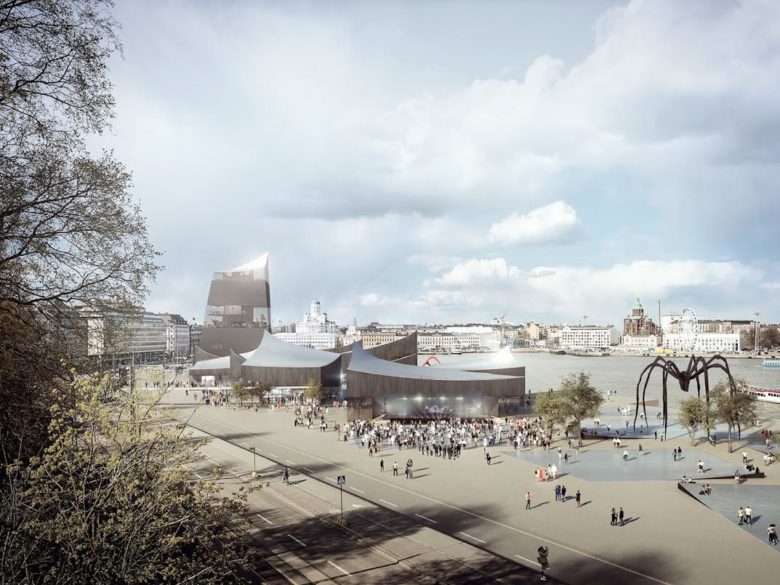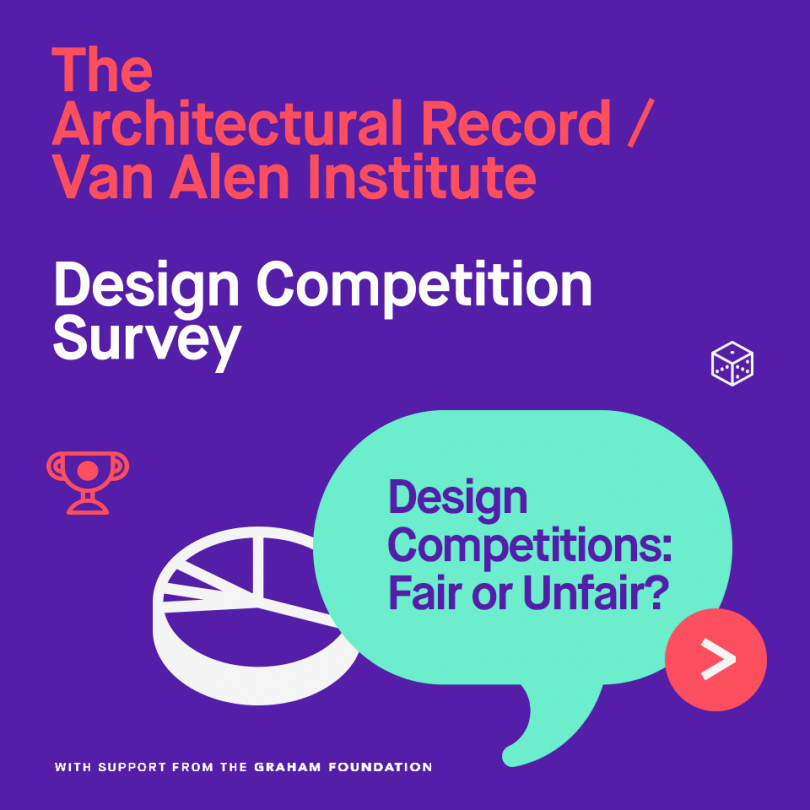Introduction
When we first set out to survey designers as part of our ongoing initiative to rethink design competitions, we knew people would have a lot to say. But we couldn’t have anticipated the incredibly passionate, eloquent, funny, and insightful responses we’d get: 1,414 of them, from 65 countries around the world.
As we read through the results and saw designers’ hard- earned knowledge and experience reflected in each response and the collective outpouring of ideas, we knew that we’d need more than one way to share our findings. So we’re releasing three summary documents: The first is a compilation of raw data produced by the online survey platform; the second, a set of Ten Propositions we believe can make competitions more efficient, inclusive, and rewarding for everyone who participates; and finally, our Key Findings, which highlight some of the most interesting headlines from the survey, guided by data analysis produced by Health x Design.
Some of the Propositions are common sense; others might seem overly optimistic or speculative. But that seems fitting because the survey reminded us that for so many designers, competitions are a highly idealistic part of their work, and one of the few chances to imagine alternatives beyond the constraints of everyday practice. We’ll continue to build on the dialogue created by the survey, beginning with the April 23–24 Design Competition Conference at the Harvard Graduate School of Design, and through a companion survey we’ll launch next year that will target city officials, developers, nonprofits, and other competition “clients” and organizers.
Finally, we want to say thank you to our Survey Committee, who helped us reach out to the global design community; to numerous advisers who helped shape the survey questions; and to everyone who took the survey. We’re grateful to you for your time and thoughtful responses, and to know that designers are as invested as we are in shaping the future of design competitions.


Imagine a design firm that routinely spends millions of dollars generating hundreds of proposals for a given competition. Ridiculous? Well, that’s the collective effort designers put into competitions. Let’s recognize all this labor designers are creating annually in design competitions and put a dollar amount on it. Competition organizers should require designers to track the hours they spend on a proposal and the value of those hours, and include that as part of their entries. Organizers should then report how much work collectively was produced for the competition. This tracking system could help show how much value design creates.

Designers enter competitions to learn, build portfolios, experiment, push themselves, get seen, have fun, not just to win. So let’s make competitions that aren’t winner-take-all, but offer opportunities for anyone who enters. A competition to re-imagine hospitals could offer free online seminars from doctors, public health officials, health care administrators in conversation with designers on the jury to discuss new trends in the field. Entries could be exhibited at health care clinics or on the website of insurance company partners, bringing design ideas to new audiences. Competitions could then advance not just the careers of winning firms but design practice as a whole.

It’s OK, we know jurors aren’t perfect, and there’s no such thing as a completely objective process. Once we let go of that illusion, we can free jurors to be the amazing resource that they are. Their expertise and exchange can
be as valuable in generating ideas as the participants’ work, but we treat it
like a state secret. Let’s open up and publish jury notes for every competition (don’t worry, no direct quotes, no names named) so everyone can benefit from what you bring to the process. This will create more transparency and more substantive feedback to designers on their proposals.

A big secret about competitions is that designers don’t need them. What they
do need is a creative outlet, a chance to flex their muscles, a project they can sink their teeth into when everyday practice is giving them scraps. To encourage designers to explore these kinds of opportunities, let’s make competitions that ask designers to define their own brief, and identify an issue or frame a problem that they’d like to work on. The winners would get a stipend to develop solutions. Everyone else will have created the seeds of a project that they can continue to pursue outside the formal boundaries of a competition.

We urge all cultural institutions considering a competition for their next new building to just commission a designer from a shortlist, and to organize a competition addressing a pressing cultural, ecological, or social issue. They’ll be putting their clout, intelligence, and money to good use, and will instantly raise the profile of whatever issue they decide to champion. (And they’ll get a lot of good press themselves along the way.)

Top Three Conventional Open Competition Rules for Designers:
- Don’t interact with the client or the public.
- Don’t visit the site—Google Earth and internet research are good enough.
- Mind-blowing renderings are the most important thing you can make.
We could go on, but you get the point. These kinds of assumptions not only make for bad competitions, but they have shaped clients’ relationships to designers more broadly. It doesn’t have to be this way. There are lots of competitions out there that have changed the rules. Why not establish a two-stage process: an open call to select a shortlist based on qualifications, not detailed proposals; and a longer process providing these finalists with a stipend to work through solutions in partnership with a broad range of stakeholders. Better competition processes can demonstrate to clients the best ways to work with designers.

Design practice can be isolating, even downright lonely. But the really difficult challenges our society faces, the ones that most need designers’ skills and efforts, are also the ones that they can’t tackle alone. Let’s create more opportunities for designers to meet leading practitioners from other fields and work across disciplines with engineers and economists, artists and community organizers, sociologists and statisticians, and people from many other fields. And let’s encourage organizers to partner across sectors, making possible new, synthetic approaches to problems.

Everyone knows that public engagement, when structured well, helps
produce better design. But when it comes to competitions, this knowledge tends to go out the window. While we’re talking about better ways to engage designers and clients, let’s also invite more local residents, business owners, government officials, and other stakeholders to participate in competitions. Organizers should spend more time building trust and relationships with these stakeholders before announcing a competition, and developing new forms of engagement – parades, bike tours, design-build workshops, and others – that make design immediate and accessible, especially for people who normally wouldn’t attend a charrette or planning workshop.

In general, emerging designers and design students are more likely than their more established counterparts to say they want to work on interdisciplinary teams, engage the general public, and enter competitions that address underserved communities, all of which suggest a desire to expand the role of designers in the world, and tackle systemic societal challenges such as inequality. Let’s cook up more competitions for students and emerging practitioners that encourage this kind of idealism, and also understand their audience (e.g. no entry fees, no deadlines that coincide with end-of-semester final reviews.)

The federal interstate highway system. Racial segregation in cities. Nursing homes and daycare. These are just a few topics for new competitions suggested by survey respondents for new competitions. There’ll always be a need for competitions that define clear problems and produce implementable solutions. But designers should also take on more open-ended challenges, in which highlighting key issues, visualizing data, and asking the right big questions can be as valuable as delivering solutions.
Key Findings
What’s in it for designers?
1.
Designers enter competitions so they can work more creatively than they would be able to in everyday practice, and explore new topics, ideas, collaborations, and skillsets outside of typical constraints. (Flipside: for many designers, practice simply doesn’t offer these opportunities.)
Respondents indicated that the top three reasons for entering competitions are 1) the opportunity to experiment (57.0%); 2) an interesting issue (54.9%); and 3) an opportunity to gain publicity (39.0%).
“Competitions offer the opportunity to explore design ideas that may not be easily addressed in more conventional projects. They also offer a platform for preserving a more inquisitive and nimble design process.”

2.
The lack of compensation for time/resources spent is a primary limitation to designers participating in competitions. But compensation doesn’t only mean money – designers want to see more feedback and visibility for their proposals (even if they don’t win).
Respondents indicated that the top three limitations to participating in competitions are 1) lack of compensation for time/resources spent (78.6%); 2) low probability of winning (29.4%); and 3) no or low chance of implementation (28.6%).
Respondents indicated that the top three things that would make competitions more appealing are 1) more compensation for work produced and time committed (64.2%); 2) more feedback for all proposals, not just the winners (47.6%); and 3) greater exposure for proposals, even if they are not selected (46.8%).
For students, getting more feedback is crucial – 65% said it would make entering competitions more appealing.
“Unpaid competitions tell the public we don’t mind working for free or little compensation. Our society should value the time it takes a designer to create good ideas and implement good architecture.”
3.
For most designers, competitions have not led directly to commissions / paid work.
67% of respondents indicated that competitions have not led directly to commissions / paid work.
4.
Designers aren’t relying on competitions as a key source of revenue.
More than 90% of respondents said that 5% or less of their annual revenue comes from competitions.
Process

5.
Designers are strategic about how much time and resources they spend on competitions. Most estimate how much time and money it will cost to enter, and the amount they’re willing to spend roughly matches the prize they’d get for winning.
61% of respondents say that they estimate how much time and money they’ll need to spend to participate in a competition before they enter.
69.4% of respondents indicated that they or their firm spend less than 10% of their time on competitions.
59% of respondents have entered competitions with awards of $20,000 or less, and 48.1% estimate they spend $20,000 or less on competitions.
6.5% respondents said they’d spent $100,000 – 250,000 on a single competition; 4.4% said they’d spent over $250,000 on a single competition.
6.
Most designers enter open design competitions.
70.6% of respondents said they primarily enter open competitions.
7.
Designers typically do not work across disciplines. Some work with other designers, while few work with non-designers or with members of the general public. Most designers who would like to collaborate on competitions say they would like to work with an artist. Students were particularly interested in collaborating with people outside of the design fields.
Nearly 1/5th of respondents said they never work with other design professions, 6.5% said they “never” or “rarely” work with other design professionals. 26% said they “frequently” or “very frequently” work with other design professionals.
Participants indicated that the top three professions they would like to work with are 1) Art (47.3%); 2) Engineering and Infrastructure (33.6%); 3) Environmental Sciences (30.7%).
19% of student respondents say they are interested in collaborating with people from outside the design fields, whereas just 9% of the principals/directors of firms say the same.
“Competitions are a process that challenge the conventional planning/bid/commission/ RFP processes. Using the competition in a meaningful way to incorporate public dialogue and education about the importance of the built environment could be critical to the ongoing relevance and contribution of the design professions to their societies.”
Who Responded

M/F 66% male / 34% female
Race/ethnicity
69% White
8% Asian or Asian American
5% Hispanic or Latino
2% Black or African American
Largest age group responding 25-34 year olds (nearly 1⁄3); 56% between 25-44 (avg age 38)
Average time spent completing survey 55mins
Note: These demographic data are relatively consistent with the demographics of architecture as a whole. For instance, 17% of all AIA members are female, and ethnic minorities represent 10% of all AIA members.
Source: The Business of Architecture: 2012 AIA Survey Report on Firm Characteristics, Copyright 2012, The American Institute of Architects.
Past and Future

Top 4 most frequently cited responses to the question “What do you think have been the most interesting or influential design competition of the last decade and why?”
1. 9/11 Ground Zero Memorial
2. Guggenheim, Helsinki
3. High Line, NYC
4. Rebuild By Design
Other notable mentions (organizers and competitions): 120 Hours, Absolute World, Futuristic Cinema, Evolo, Parallel Projections, Next Generation 2011: Get Zero
Ideas offered by respondents for new competitions and topics:
- Racial segregation in cities
- The federal highway system
- A new model for suburban growth
- Cooperative models for land use and production
- Hospice / hospitals
- An ongoing series of competitions that collectively take on an overall challenge
